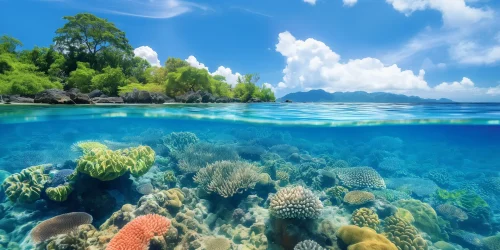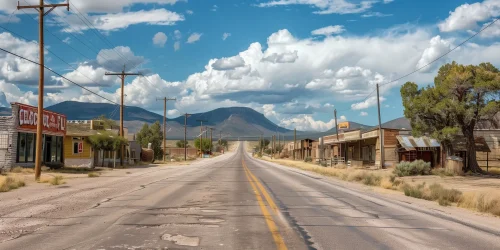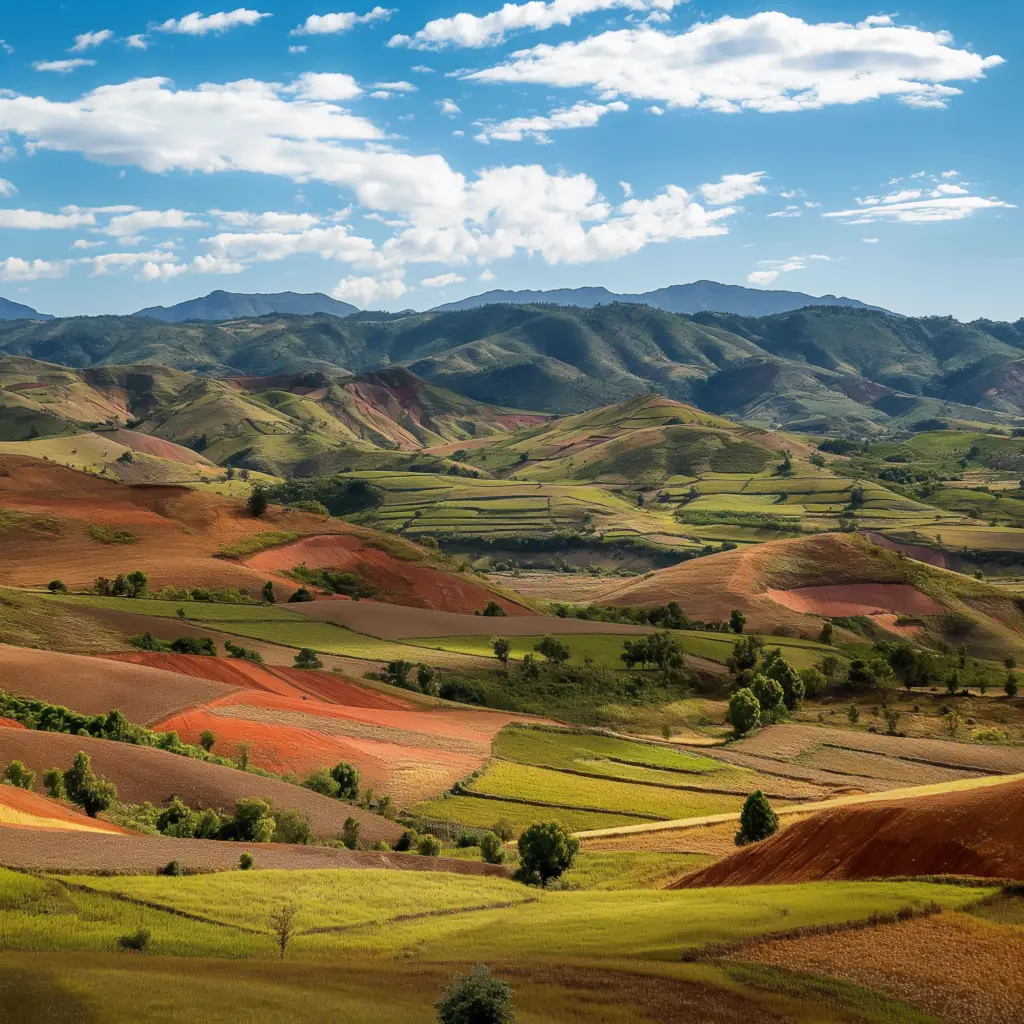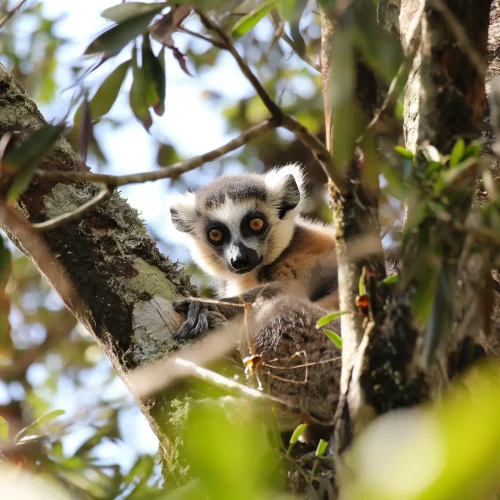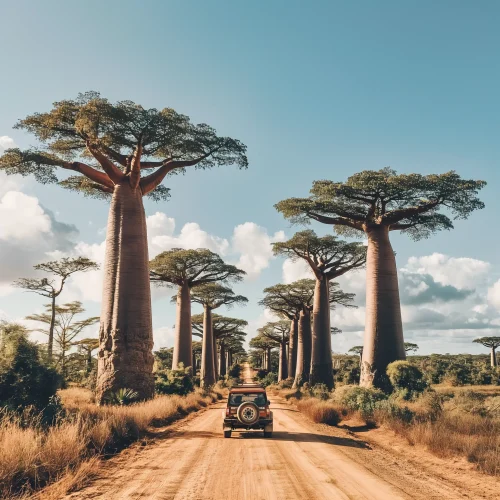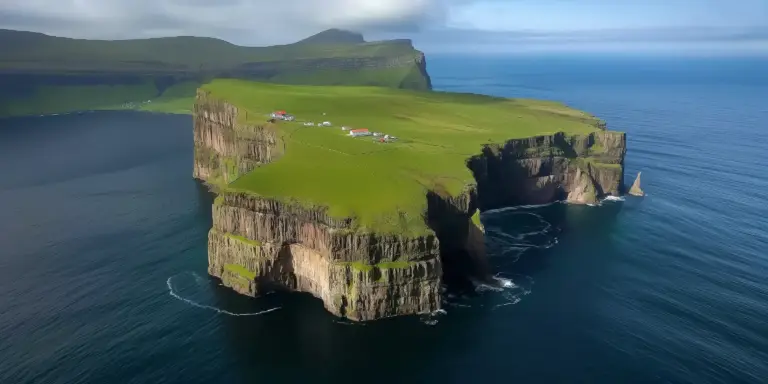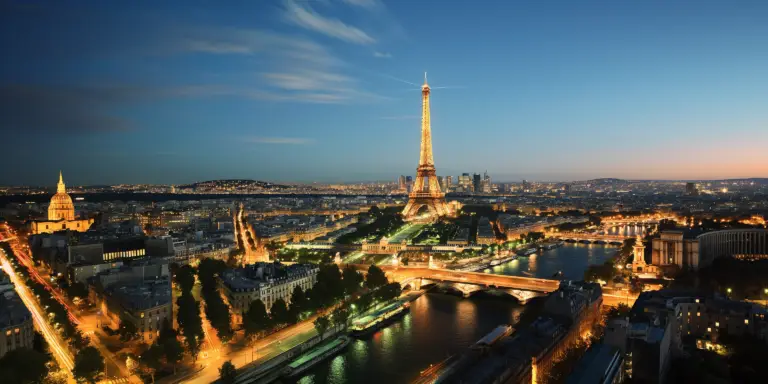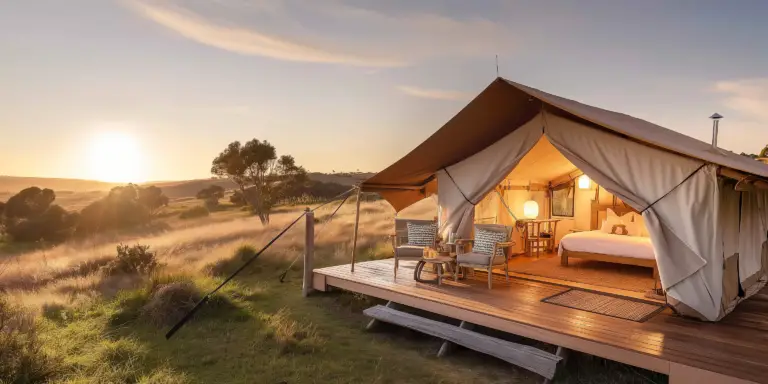Madagascar, the fourth largest island in the world, located off the southeast coast of Africa, is a land like no other, famed for its unparalleled biodiversity and unique ecosystems. The island split from the Indian subcontinent around 88 million years ago, leading to the evolution of its flora and fauna in near-complete isolation. This remarkable isolation means that about 90% of its wildlife is found nowhere else on Earth, making Madagascar a haven for nature enthusiasts and conservationists.
One of the most iconic species native to Madagascar is the lemur, with more than 100 varieties ranging from the tiny mouse lemur to the indri. The island’s diverse ecosystems range from lush rainforests to spiny deserts, each supporting a unique set of organisms. In addition to lemurs, Madagascar is home to numerous other unusual species such as the fossa, a carnivorous mammal, and countless types of chameleons and birds that add to the island’s vibrant biodiversity.
Madagascar’s landscape is equally varied and dramatic, featuring everything from baobab trees, which dot the arid western part of the island, to the Tsingy de Bemaraha, a UNESCO World Heritage Site known for its labyrinth of sharp limestone needles. The island’s culture is a rich mosaic, reflecting the influences of Southeast Asian, African, Arab, and French settlers throughout its history. Malagasy traditions, seen in their music, dance, and festivals, offer a deep dive into the island’s heritage and lifestyle. Madagascar’s mix of natural beauty and cultural wealth creates a truly unique and unforgettable destination for adventurous travelers seeking to experience something genuinely out of the ordinary.
